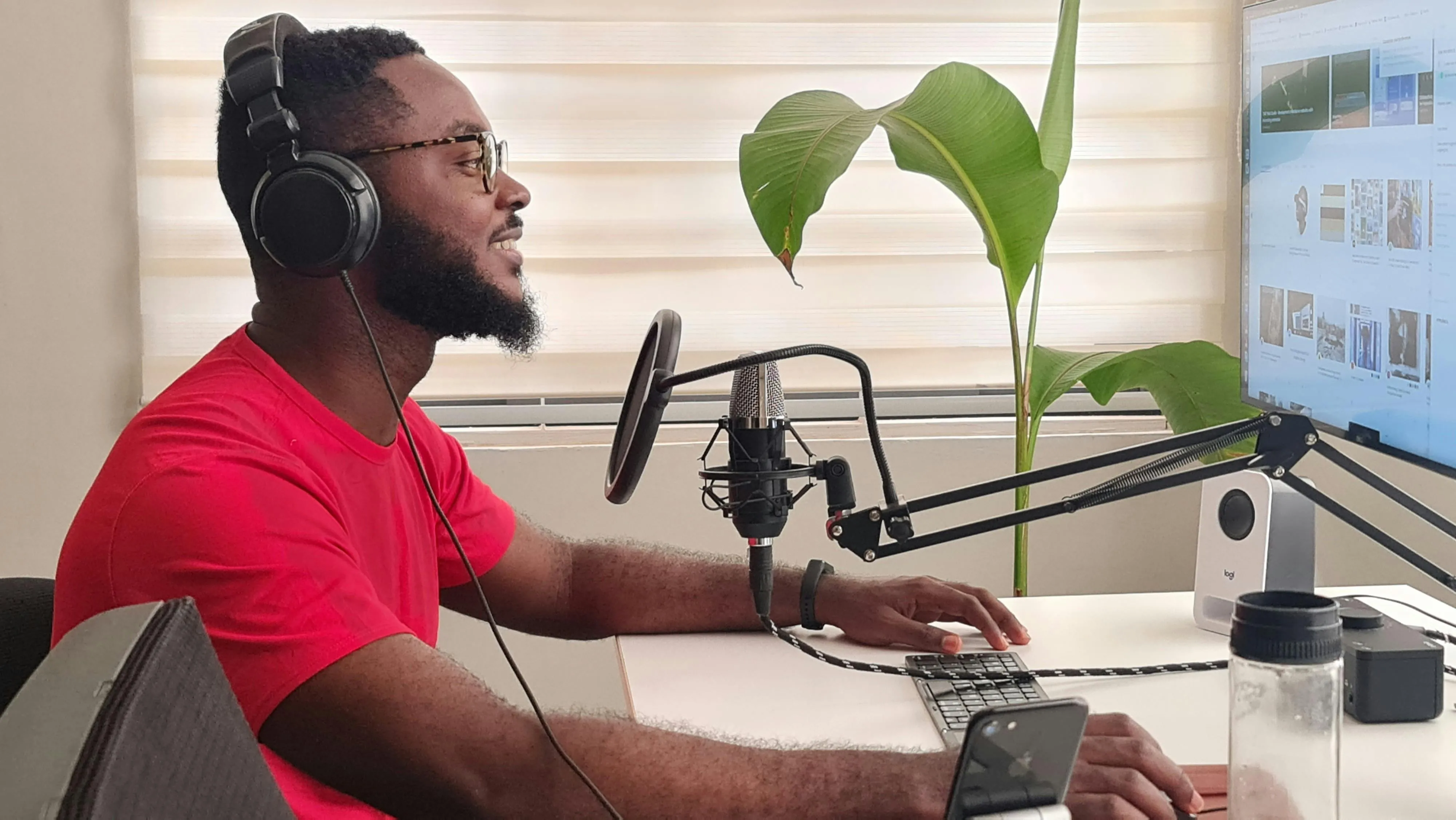SUBTITLE TRANSLATOR
Automatically translate subtitles into 100+ languages

Instantly translate subtitles with 99% accuracy
And fine-tune results with your own translation rules
Cut costs and turnaround time in half
Translating subtitles into multiple languages typically requires outsourcing — a costly process with limited language coverage. Our online Subtitle Translator reduces costs and streamlines workflows through AI-powered automation, making it easy to manage translations internally, whether you’re a business, team, or individual content creator.
Access over 100 languages, including Chinese, Hindi, Arabic, French, and Spanish, and start maximizing the potential of every video with content that’s accessible worldwide. Simply upload your video, auto-generate subtitles, and select your target language for translation. When you export, subtitles are automatically hardcoded into your video, making it ready to share across social media or any hosting platform.
.webp)
Fine-tune subtitle transcriptions to improve localization
Whether you need to quickly translate a captions file or take the time to refine it for accuracy and tone, our platform includes a built-in SRT editor that lets you upload, translate, and edit subtitles.
For many creators, fast and accurate subtitle translation is enough. But for truly localized videos that feel natural and authentic, fine-tuning is essential. Cultural context, references, and nuances like idioms and tone all play a role in creating subtitles that resonate with your audience. Kapwing streamlines the process, allowing you to review and edit captions line by line, then export them in SRT, VTT, or TXT format, or share via URL for real-time collaboration anywhere in the world.
.webp)
Maintain brand messaging across international audiences
With Kapwing, maintaining consistent brand messaging across international markets like Southeast Asia, North Africa, and Mexico is both efficient and reliable. Our Subtitle Translator includes a built-in Brand Glossary, where you can create and store custom translation rules for key terms, product names, slogans, and phrases.
These rules ensure that brand-specific language is translated accurately and consistently from one language to another — so your message always sounds like you, no matter the audience. Once set up, your Translation Rules are automatically applied to future projects, saving time and ensuring consistency at scale. Whether you’re an influencer, social media manager, entrepreneur, or part of a customer support team, Kapwing helps you deliver localized video content that stays true to your brand.
.webp)
Build trust and credibility with lifelike AI voices
Auto-translating subtitles enhances accessibility — but what if your videos could speak new languages, too?
With Kapwing, you can add AI-generated voiceovers that replicate the natural tone, cadence, and emotion of human speech in the language of your translated captions. This process, known as Dubbing, creates a more immersive and authentic experience that builds trust with global audiences. Course creators can foster meaningful teacher-student connections with native speakers around the world, while content marketers can drive engagement and action through culturally relevant, localized campaigns.
.webp)
Turn any video into a multilingual asset
Millions of Kapwing users build authentic relationships with translated subtitles

Ad Campaigns
Social media managers use the Subtitle Translate tool to localize video content for global campaigns, automatically translating captions into multiple languages, including Spanish, French, and Mandarin

E-commerce Assets
Small business owners use the online Subtitle Translator to localize tutorials, product demos, and testimonials into languages like Arabic and Hindi — reaching international markets they might otherwise miss

Lifestyle Vlogs
Lifestyle influencers on YouTube use the Subtitle Translator and AI voiceovers to grow global communities and create immersive experiences for non-English-speaking viewers

Product Launch Videos
Multinational brand managers use the Subtitle Translator to accurately translate product launch videos into 100+ languages, allowing more time to focus on cultural adaptations and voice overs that align with brand tone

E-Learning Content
E-learning creators on platforms like Udemy and Skillshare translate instructional modules into languages like French, German, and Chinese, making their courses accessible and engaging for students worldwide
How to Translate Subtitles

- Upload content
From the "Subtitles" tab, upload a video or audio file, or import a subtitle file (SRT or VTT).
- Translate and edit
Click "auto-subtitles" and select your original subtitles language and new target language. After clicking "auto-subtitle" you can edit them as needed or add your own Translation Rules.
- Export and share
Click “Export Project” at the top right of your dashboard to export your video with subtitles. To download translated subtitles as a VTT, TXT, or SRT file, click the download icon above the subtitle editor.
What's different about Kapwing?
Frequently Asked Questions
Is the Subtitles Translator free to try?
Yes, our online Subtitles Translator tool is free for all users to try, including a limited number of minutes for subtitles, translated subtitles, auto-dubbing, and lip sync. With a Pro Account upgrade, you’ll get extended monthly minutes along with access to Voice Cloning.
Is there a watermark on exports?
If you are using Kapwing on a Free account then all exports — including from the Subtitles Translator — will contain a watermark. Once you upgrade to a Pro Account the watermark will be completely removed from your creations, and you'll get access to 300 monthly minutes of auto-subtitling and subtitle translation into over 100 languages.
How many languages are supported for subtitles in Kapwing?
Kapwing allows subtitles translation into more than 100 languages — including Spanish, Chinese, Hindi, Arabic, and French — so you can reach people around the globe.
Can YouTube translate subtitles?
Yes, YouTube offers an automatic subtitle translation feature. When you upload subtitles to your YouTube video, enable the "Translate" option. YouTube's translation algorithm then uses machine learning to automatically translate the subtitles into various languages, which users can choose as they watch the video.
Keep in mind that the accuracy of YouTube's auto-captions may vary, and reportedly they tend to be only 60-70% accurate. Coupled with translating to a new language, and accuracy likely worsens. You can improve them by manually editing your subtitles files or full-length videos using an AI-powered tool like Kapwing.
What is video localization?
Video localization is the process of adapting video content to fit the language and cultural preferences of a new audience. This often involves translating subtitles, dubbing the audio, and updating written elements like titles, captions, and descriptions.
The goal of video localization is to bring existing content to new regions and thereby increase a brand's market reach. It often offers a competitive advantage by helping brands connect with customers in new places before competitors enter those regions.
Full localization includes subtitle translation, but also involves making cultural adjustments, such as using country-specific references, different units of measurement, and culturally relevant visuals.
What does it mean to hardcode subtitles?
When you hardcode subtitles, you embed them directly into a video file, making them permanently visible during playback and unchangeable. Once hardcoded, the subtitles become part of the video, similar to a watermark or overlay, and cannot be turned off or adjusted. In other words, it’s like "burning" the subtitles onto the video — once they’re hardcoded, they stay there. They remain visible no matter what device or video player is used.
What's the difference between VTT and SRT file type?
VTT is similar to SRT but offers more editing and styling options, making it more versatile, though it’s not always compatible with every social media platform. VTT supports additional features like metadata (e.g., title, author) and styling, making it more robust than the simpler SRT format. Here’s a quick comparison:
- SRT timecode format: hours:minutes:seconds, milliseconds
- SRT lacks metadata and styling options
- SRT is a simple, basic format
- VTT timecode format: hours:minutes:seconds.milliseconds
- VTT includes metadata
- VTT supports HTML5 features
- VTT is more robust and feature-rich than SRT
How does AI voice dubbing work?
AI dubbing technology transcribes the original language of a video, aligns it with the audio, translates it, and then generates a matching voiceover in the new language. Then, the application makes changes to the audio track and original video to ensure that they're timed naturally and that other background noise is preserved. Kapwing's voice dubbing platform also clones the voice of the original speaker to ensure that the new voice matches it as closely as possible. Supported by ElevenLabs AI dubbing, Kapwing has a built-in video dubber, making it a video editing platform where you can dub a video, auto-generate subtitles, and continue editing in one online location.
What are SDH subtitles?
SDH refers to subtitles specifically designed for individuals who are Deaf or hard of hearing (hence "SDH" = "Subtitles for the Deaf and hard of hearing"). These subtitles not only capture spoken dialogue but also provide additional details like sound effects, music, and identification of speakers, assuming the viewer cannot hear the audio.
How long does it take to translate subtitles?
Our Subtitle Translator typically produces your translation in under a minute, though the time can vary between 1 to 3 minutes depending on your video length.
Kapwing is free to use for teams of any size. We also offer paid plans with additional features, storage, and support.